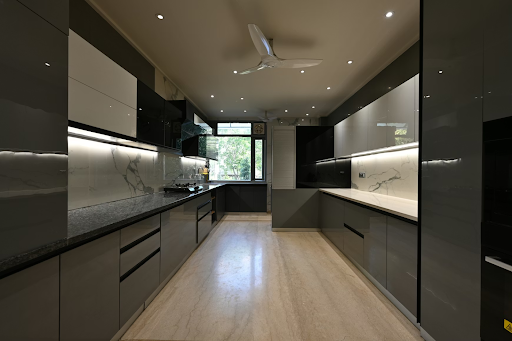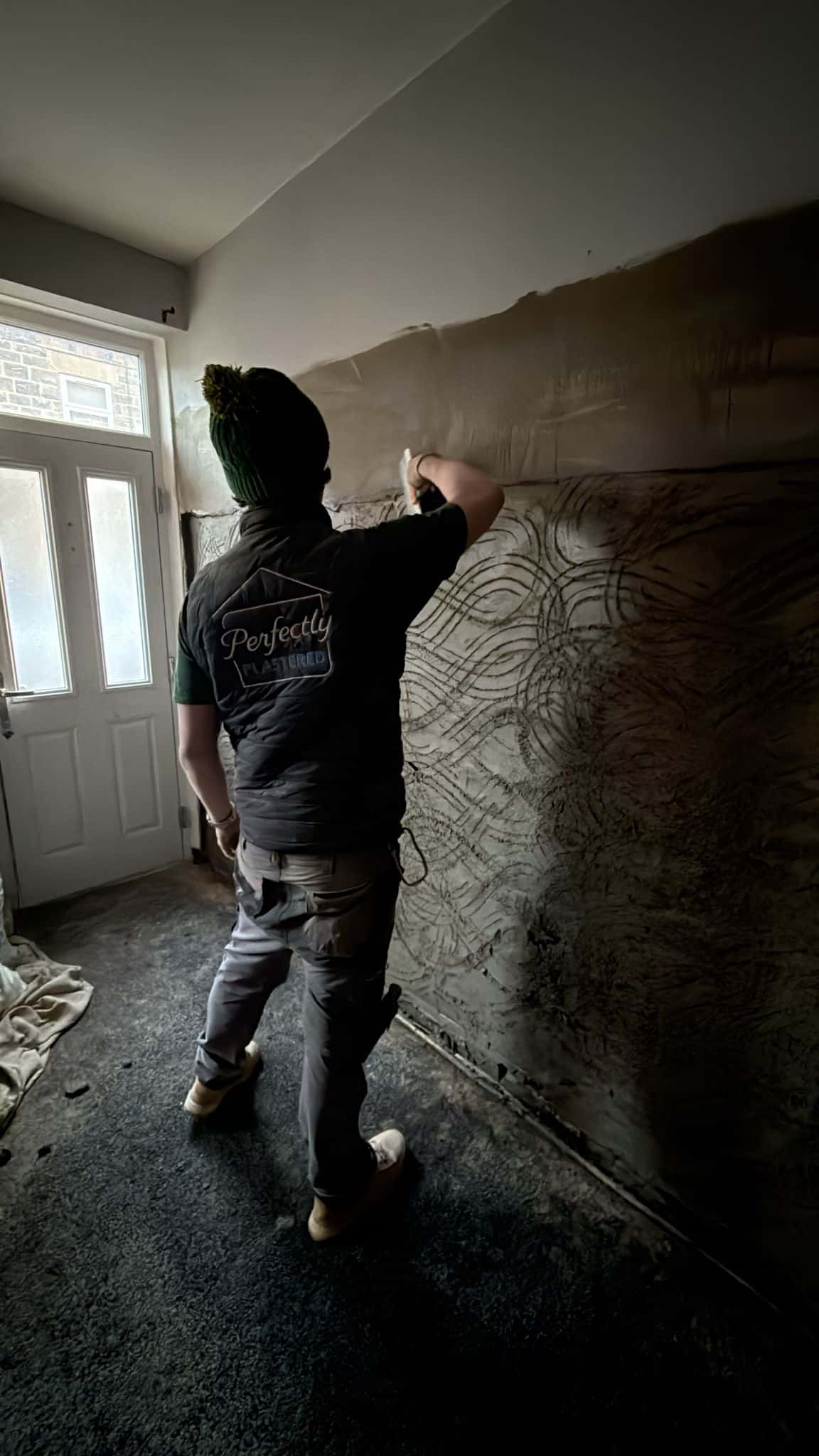In the realm of construction, few elements are as fundamental and transformative as metal structural work. It forms the essential skeleton upon which our modern world is built—from soaring skyscrapers and vast industrial complexes to elegant bridges and expansive airports.
This engineering discipline involves the fabrication and assembly of steel or other metal components to create a framework that provides unparalleled strength, durability, and design flexibility.
The adoption of metal as a primary structural material has consistently pushed the boundaries of architectural innovation, allowing for larger open spaces, taller buildings, and more complex designs than ever before.
This article explores the core aspects, benefits, and applications of metal structural work, highlighting why it remains a cornerstone of contemporary construction projects.
Table of Contents
The Core Components and Process
Metal structural work is a meticulous process that moves from design to reality through several key stages:
- Design and Engineering: This initial phase is critical. Engineers use advanced software to create detailed models, calculating the loads, stresses, and forces the structure must withstand. This ensures the final design is not only functional but also efficient and safe, adhering to all relevant building codes.
- Fabrication: Once designed, the components are manufactured. This typically involves cutting, drilling, bending, and welding steel beams, columns, and trusses to exact specifications in a controlled factory environment. This off-site fabrication allows for high precision, quality control, and reduced on-site waste.
- Transportation and Assembly: The fabricated pieces are then transported to the construction site. Here, the skeleton of the building is erected. Using cranes and skilled labor, the large components are bolted or welded together to form the primary frame. This method of construction is notably faster than traditional concrete work, significantly accelerating project timelines.
Key Advantages of Choosing Metal Structures
The dominance of metal, particularly steel, in structural applications is due to a powerful combination of inherent properties:
- Exceptional Strength and Durability: Steel has one of the highest strength-to-weight ratios of any construction material. This means structures can be both incredibly strong and relatively lightweight, reducing the load on foundations. Furthermore, when properly treated and maintained, steel structures are highly resistant to corrosion, fire, and extreme weather events, ensuring a long lifespan.
- Design Flexibility and Adaptability: The strength of steel allows for wide open spaces and large spans without the need for intermediate support columns. This flexibility is invaluable for warehouses, aircraft hangars, and modern open-plan buildings. Additionally, metal structures can be easily modified, expanded, or adapted for new uses in the future, offering long-term versatility.
- Cost and Time Efficiency: The prefabrication of components leads to faster, more efficient on-site assembly. This reduces labor costs and shortens overall project schedules, allowing for a quicker return on investment. The precision of factory fabrication also minimizes material waste, contributing to more sustainable construction practices.
- Sustainability: Steel is the most recycled material on the planet. Modern metal structures almost always incorporate a high percentage of recycled content. At the end of a building’s life, the steel frame can be demolished and fully recycled again, making it a cornerstone of circular economy principles in construction.
Primary Applications in Today’s World
The unique benefits of metal structural work make it the material of choice for a diverse range of projects:
- Industrial and Commercial Buildings: This is perhaps its most common application. Factories, power plants, warehouses, and distribution centers rely on large, clear-span steel frameworks to accommodate machinery, storage, and workflow.
- High-Rise and Large-Scale Buildings: The strength and non-combustible nature of steel make it ideal for supporting the immense loads and meeting the strict fire safety codes required for skyscrapers and large residential or office towers.
- Infrastructure Projects: Bridges, airport terminals, railway stations, and sports stadiums all depend on the durability and long-span capabilities of structural steel to create safe, reliable, and iconic public structures.
- Specialized and Architectural Projects: Beyond pure function, metalwork allows for breathtaking architectural expression. Complex geometric facades, cantilevered sections, and artistic structures often use custom-fabricated metal components to achieve their unique visual impact.
Conclusion
Metal structural work is far more than just a construction method; it is a testament to human ingenuity and a key enabler of modern architectural achievement.
Its blend of strength, efficiency, and adaptability ensures that it will continue to be the invisible backbone of our built environment, supporting the development of smarter, safer, and more sustainable cities for generations to come.
For those looking to understand the forces that shape our skyline, appreciating the role of precision metal structural work is an essential first step. Companies specializing in this field bring these intricate designs to life, turning engineering blueprints into the sturdy frameworks of progress.





